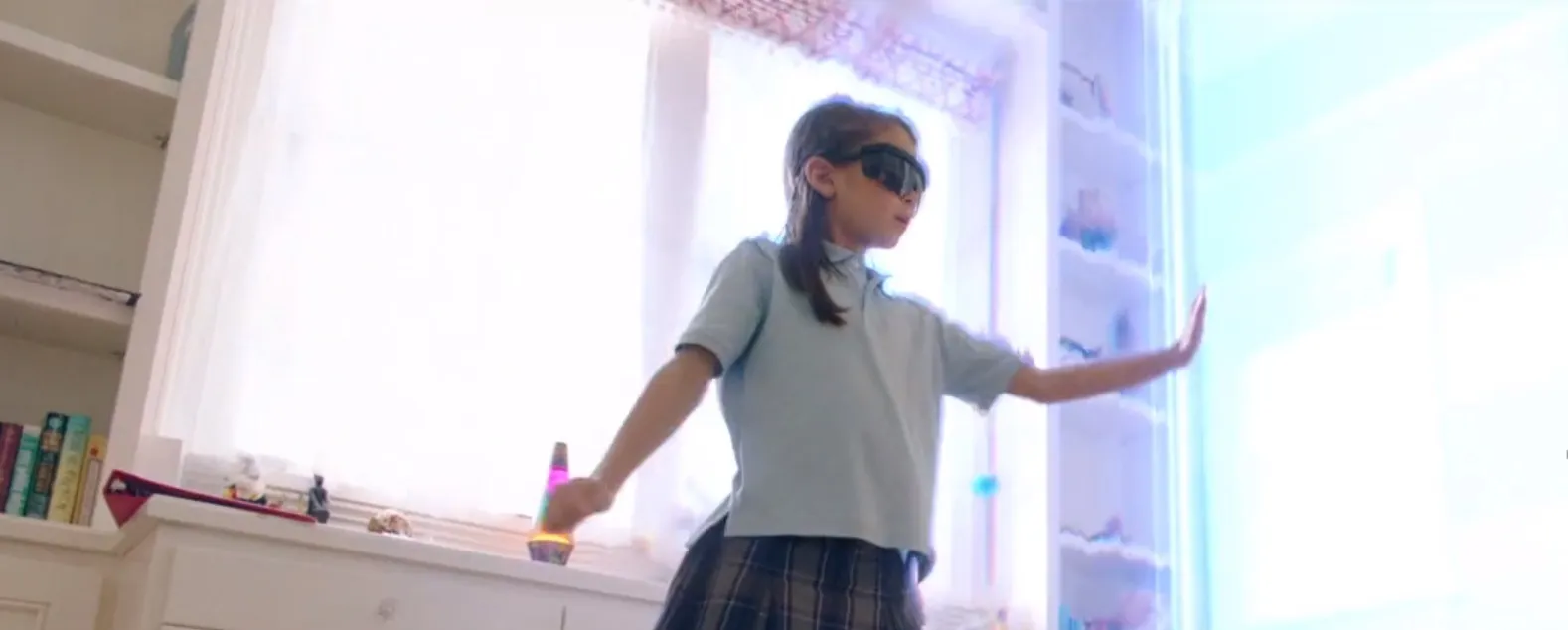For years, upgrading the speed of broadband networks has typically focused on increasing how fast consumers can download movies, stream their favorite content or run dozens of internet-connected devices. But a new technology just introduced by CableLabs, the cable industry’s R&D consortium, will soon enable consumers to upload items just as fast as they can download them. This kind of technology has long been seen as the key to unlocking a whole range of exciting new home-based tech experiences, such as virtual and augmented reality and long-distance collaboration.
This new technology – known as Full Duplex DOCSIS 3.1 – is an upgrade to the existing software that powers cable’s broadband networks because it enables up to 10 gigabits for both download and upload speeds. (The previous spec DOCSIS 3.1 provides download speeds of up to 10 gigabits, but only up to 1 gigabit for upload speeds.) Which means that the time it takes to upload videos and photos, to sync devices, or to back up information in the cloud will be reduced, without affecting download time. This will enable consumers to enjoy new applications like virtual reality and augmented reality as they become more prevalent. How this technology will reimagine the way we live, work, learn and play was the impetus for the Near Future project.
Belal Hamzeh, vice president of wireless technologies at CableLabs, said that this is a milestone development in the cable industry because internet providers are now able to offer symmetric multigigabit services on their own networks, capacity that was previously only available through a fiber-to-the-home solution. “By enabling the Full Duplex DOCSIS 3.1 on the cable infrastructure, you are able to deliver a multigigabit symmetric service to a much wider footprint without the need to go and build fiber to the household,” said Hamzeh. Given that cable’s fiber-coaxial network already connects more than 90 percent of households in North America, this development is a significant step forward. “This enables us to address the competition. If a customer needs symmetric services, then the operator can provide it to them.”
Despite the availability of this new technology, Hamzeh said that most customers today don’t actually yet need these kinds of services. “But the cable industry is being proactive about the future and the technologies that will call for multigigabit symmetric services. We are preparing the infrastructure for these future applications.”
The Full Duplex DOCSIS 3.1 started as an innovation project inside CableLabs. It was first unveiled to the public during the CableLabs winter conference in 2016, though actual tech work as an R&D and as an industry-focused effort, with contributions from vendors and operators, started in August 2016.
This week at SCTE’s annual Cable-Tec Expo, attendees will get to view demos of the Full Duplex DOCSIS 3.1 from multiple vendors. “After all the effort that was put into developing this technology, now we get see how the vendors are actually taking the technology and running with it, and developing solutions. That’s the exciting part about all of this,” said Hamzeh.
To find out more about how cable’s networks of the future will soon impact the way people live, work, learn and play, check out the video on the Near Future and the NCTA page on next generation speeds.









